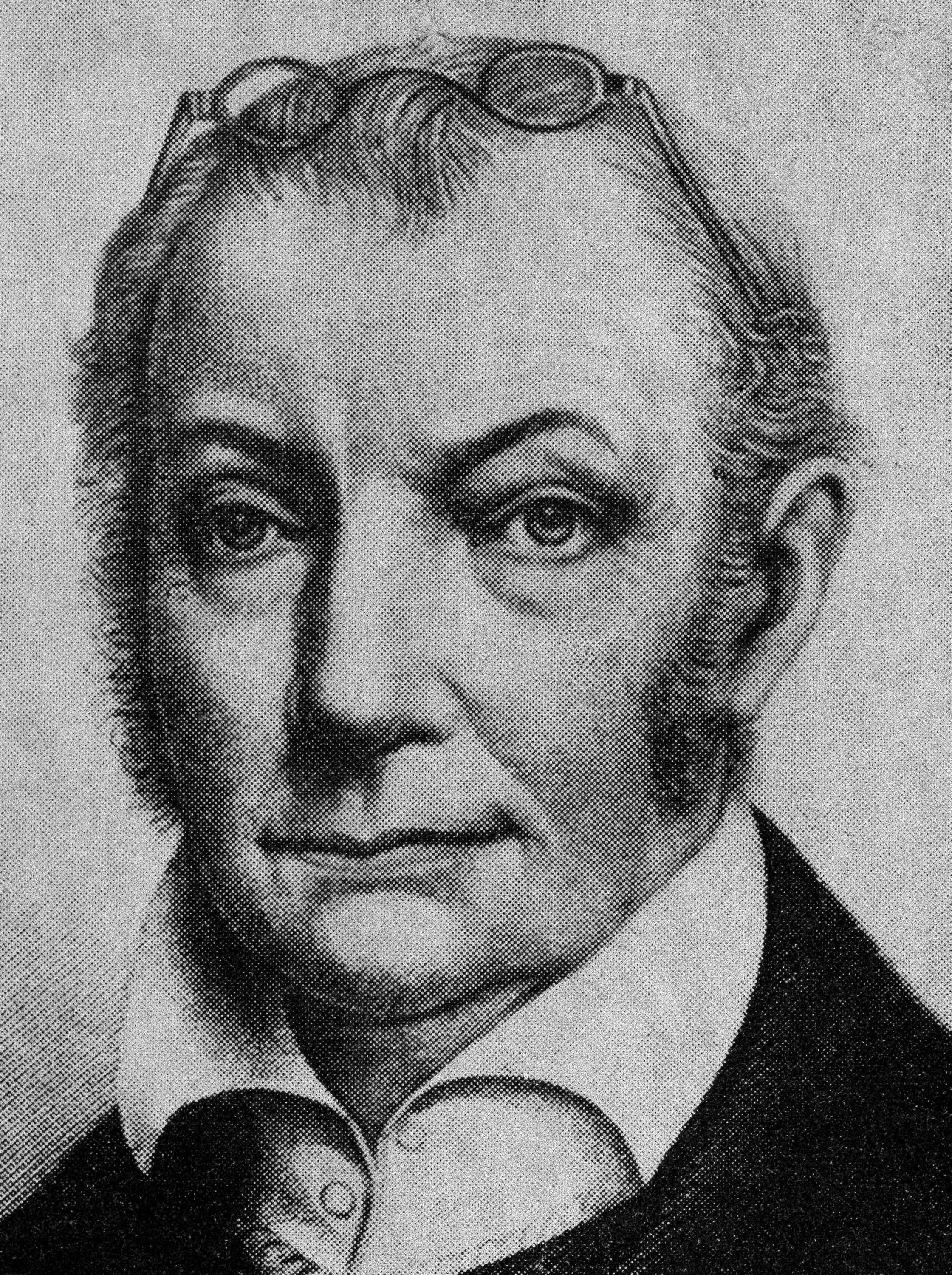Notable sedition, treason cases in American history
Sedition and treason cases have been rare in U.S. history

After Donald Trump supporters stormed Capitol Hill on Jan. 6 in a bid to halt the certification of Joe Biden’s election, many described their actions as seditious or even treasonous.
Some scholars say key figures in the attacks would qualify for sedition conspiracy under U.S. statutes, though it’s less clear any would meet the criteria for treason.
Sedition and treason cases are rare, especially in the modern era. According to the FBI, the U.S. government has successfully convicted fewer than 12 Americans for treason in the nation's history.
Some notable treason and sedition cases:
AARON BURR
Former Vice President Aaron Burr was tried in 1807 for treason for allegedly plotting to urge some states to leave the Union as part of military adventures to seize land from Spain and Mexico.
His trial was an early test of treason as defined in the Constitution, which says it consists “only in levying war” against the U.S. or giving enemies “aid and comfort.” Jurors acquitted Burr after instructions that prosecutors had to show not just that Burr made plans to go to war but actually went to war against the United States.
The name Benedict Arnold an American military officer who crossed lines to join the British during the Revolutionary War, became synonymous with treason. But he was never captured or tried for it.
___
CHRISTIANA RESISTANCE
Escaped slaves in Christiana, Pennsylvania, and several white people who aided them were charged with treason in 1851 for resisting U.S. marshals seeking to capture the escaped slaves. Following acquittals at an initial trial, in which lawyers argued the resistance was not akin to “levying war,” charges were dropped against the around 40 others indicted.
___
JEFFERSON DAVIS
The president of the Confederacy, Jefferson Davis was charged with treason but his prosecution was later abandoned, in part, as an effort at reconciliation following the Civil War. While scholars say they clearly fit the criteria of treason, no Confederate generals or statesmen faced the charge.
___
‘TOKYO ROSE’
Among the last convictions for treason was American-born Iva Toguri D’Aquino, known as “Tokyo Rose” during World War II for her anti-American broadcasts. She was convicted in 1949 of “giving aid and comfort” to Japan. She served more than six years of a 10-year sentence before her release. President Gerald Ford pardoned her after reports U.S. authorities pressured some witnesses to lie. Some former prisoners of war in Japan also came forward to confirm that D’Aquino had smuggled food and medicine to them during their capture.
Several other Americans of Japanese and German dissent were convicted of treason for giving aid and comfort to Imperial Japan and Nazi Germany. Some also later received pardons or had sentences commuted.
___
ADAM GADAHN
The only American charged with treason against the U.S. since the World II era was Adam Gadahn, also known as “Azzam the American.” His 2006 federal indictment said he gave al-Qaida "aid and comfort ... with intent to betray the United States.” Before he could be put on trial, Gadahn was killed by a U.S. drone strike in Pakistan.
___
SHEIKH OMAR ABDEL-RAHMAN
Seditious conspiracy law was last successfully used in the 1990s in the prosecution of Islamic militants who plotted to bomb New York City landmarks. An Egyptian cleric, Sheikh Omar Abdel-Rahman, and nine followers were convicted in 1995 of seditious conspiracy and other charges in a plot to blow up the United Nations, the FBI’s building, and two tunnels and a bridge linking New York and New Jersey. Abdel-Rahman, known as the “Blind Sheikh,” argued on appeal that he was never involved in planning actual attacks against the U.S. and his hostile rhetoric was protected free speech. He died in federal prison in 2017.
___
PUERTO RICAN NATIONALISTS
Seditious conspiracy charges were successfully brought in another, now largely forgotten storming of the Capitol building in 1954. Four pro-independence Puerto Rican activists rushed the building and opened fire on the House floor, wounding several representatives. They and more than a dozen others who assisted in the attack were convicted of seditious conspiracy.
Oscar Lopez Rivera, a former leader of a Puerto Rican independence group that orchestrated a bombing campaign that left dozens of people dead or maimed in the 1970s and 1980s, spent 35 years in prison for seditious conspiracy before President Barack Obama commuted his sentence in 2017.
___
HUTAREE MILITIA
The last time U.S. prosecutors brought such a case was in 2010 in an alleged Michigan plot by members of the Hutaree militia to incite an uprising against the government. But a judge ordered acquittals on the sedition conspiracy charges at a 2012 trial, saying prosecutors relied too much on hateful diatribes protected by the First Amendment and didn’t, as required, prove the accused ever had detailed plans for a rebellion. Three members of the militia pleaded guilty to weapons charges.